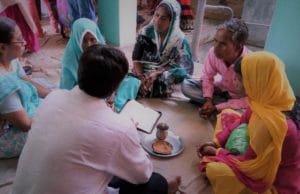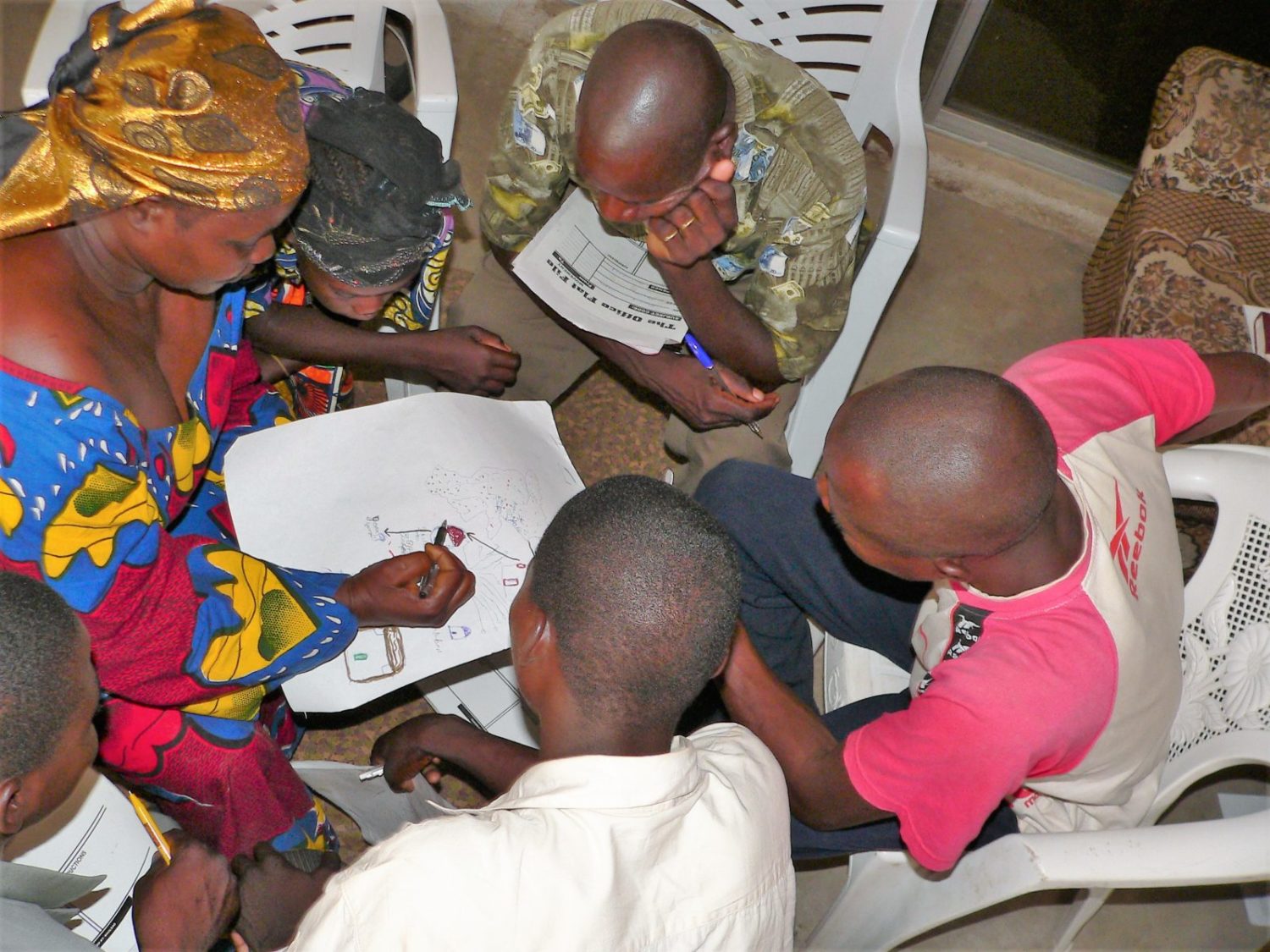Urban slum communities are ethnically mixed. The desperately poor tend to live together, regardless of their ethnicity. How does this impact disciple making efforts among them? Can we focus on more than one group at a time in DMM efforts?
It is easy to become stretched too thin. Our time, energy, and effort to identify with those we’re reaching become complex when engaging with more than one group at the same time.
Disciple Making Movements (DMMs) grow through natural relationship networks. Most of the evangelism and disciple making happens with people in that circle of friends, relatives, and neighbors. Because of this, the streams of the movement naturally develop according to ethnic lines.
Some movements include several ethnic or language groups. It is beneficial, though, to encourage house churches and groups to function in their heart language.
We don’t want to be exclusive. God desires all to be saved.
How do you wrestle with the issue of ethnicity and cultural barriers between groups you want to reach? Especially in urban contexts?
Urban Ministries Debate
When I first moved to Asia, we had heated debates about this issue. The Urban Ministries staff in our organization argued that we must be more inclusive. The Frontier Missions staff argued that churches multiply when they are monocultural. Quoting Wagner’s research on the homogeneous unit, the argument was made that if we mixed people groups, it would hinder growth.
This issue became particularly delicate when it came to the caste system. Should we mix different castes of people in our house churches? It seemed to be part of the very gospel message that in Christ we were all now brothers and sisters. What about the natural barriers that exist between caste groups? Before they come to Christ, or as new believers, for high and low caste people, eating together was not easy. It was a significant barrier.
The urban context was more difficult than in rural situations. In villages, the castes naturally separated and lived in different places. High caste Brahmins lived in one area, while lower caste street sweepers and tailors in another section of the village. If you were starting house churches, it was easier to not mix the groups without excluding anyone. Still, there was the discipleship issue. How did we see the transformation of worldview after people come to Christ?
When we worked in the Indian slums, it got messy. Hindu and Muslim often lived side by side. High caste, low caste, middle caste, they were all united by their desperate poverty. Yet the barriers of caste and religion were very real. How would we handle this?
Language is Another Complication
There were also messy language issues. Sometimes, I would be squatting in a courtyard speaking about God to a Hindu in Nepali. I was using the term for God, Parmeswor. In the middle of my story-telling, an older Muslim woman would join the five or six who were listening. She spoke Bangla…Musalmani Bangla. The best word for God for her to understand was Allah. Should I switch terms? Use both terms? It wasn’t easy to know what to do.
This past summer, I coached a team working in a US city among the poor. They too faced similar issues. In their part of town there were Native American Indians, African Americans with a semi-Christian background, and Somali Muslims. The groups didn’t mix socially, but they did live in the same area. How would they reach their community? What would a DMM there look like?
Jesus’ Puzzling Behavior – Was it Focus Or?
In Matthew 15:21-28, we find a puzzling story of Jesus’ interaction with a woman. A Canaanite woman comes to Jesus asking for help. At first, He appears to reject her. When He sees her desperation and persistence, He responds and meets her need.
Jesus answered, “I was sent only to the lost sheep of Israel.” The woman came and knelt before him. “Lord, help me!” she said.
– Matt. 15:24-25 NIV
In this passage, it is clear that Jesus knew what His focus was. He was primarily focused on Israelites. Unlike the Apostle Paul, He didn’t take missionary journeys or teach much in Gentile areas. He knew His target people. Yet, when faced with needs, hunger, and openness, Jesus responded. He modeled for His disciples what it looked like to love all nations. Later, when He gave His Great Commission, He sent them out to reach not only Jews but all peoples.
How to Navigate Multiple Ethnicities
1. Choose your primary target people group and invest most of your energy there.
When formulating your vision, it is helpful to choose a primary people group to focus on. This will greatly assist you and your team in language learning, culture research, and adapting your message. One size doesn’t fit all. It is extremely difficult to use the same evangelism approach with people of radically different cultures. Prayerfully ask God who your primary efforts should go toward reaching.
2. If your End Vision includes several groups, decide who in the team will focus on what group.
Some teams feel called to an area, more than to a people group. In that place, city or village, you may have more than one people group. To reach that area you will need to consider all ethnicities.
If this is the case, you will need to build a team of people. Some in the team can focus on one group, others on a different type of people. If you don’t have a team yet, choose one group to put your primary energy toward. Also, give some of your time to mobilizing more team members. They can one day take up that part of the vision.
3. When new people from another group show interest, don’t add them to the existing group, start new groups.
This is an important principle in DMMs. We don’t want to make one big group. Instead, form a new group around that interested person and their relational network. They may become a Person of Peace for their stream of the movement. It is tempting to mix everyone together. That’s great if you want to start one church. It doesn’t always work well though for launching a movement.
4. Resist the temptation to switch to a common language to accommodate all.
Many locations shift toward using trade languages to accommodate the different groups. Studies show that discipleship groups multiply best when operating in their heart languages. As much as possible encourage the groups to pray, learn, and discuss in their own mother tongues.
5. Celebrate together and embrace your diversity.
Come together for celebration from the different streams of the movement. Leadership training can also be done together. This will help with the maturing process of reconciliation and the relationships between the groups.
What have you experimented with related to this issue? What worked? Has anything you tried, failed miserably? Tell us about it. Let’s learn together. Please comment below or on the DMMs Frontier Missions Facebook group!



